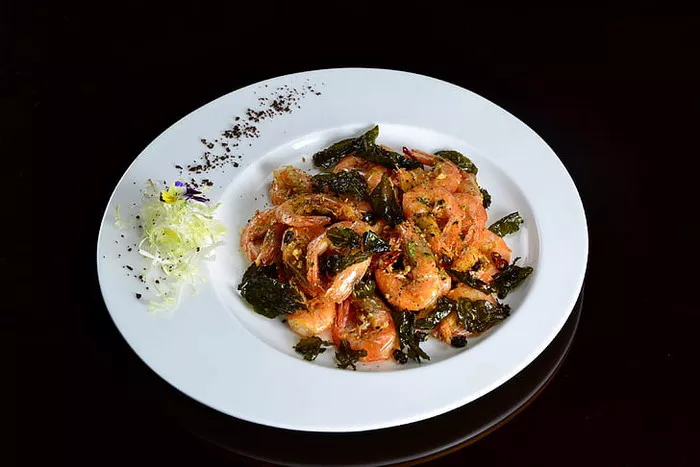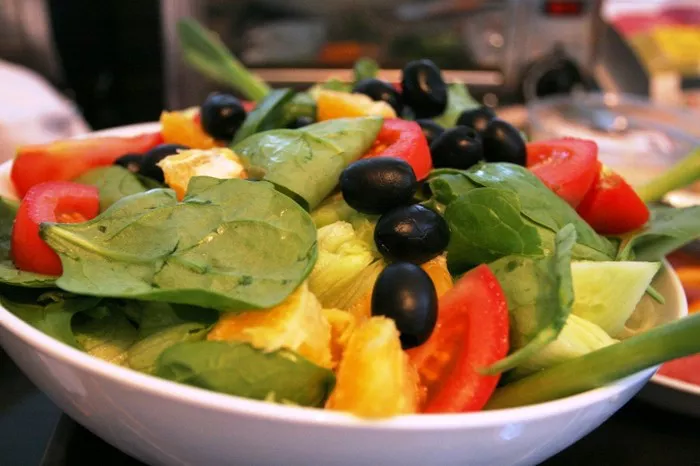Chinese cuisine, with its diverse flavors and aromatic spices, has captured the palates of people all around the world. From savory dishes like Peking duck to tantalizing dim sum, the culinary traditions of China have a rich history that spans centuries. However, in the era of health-conscious dining, questions about the nutritional content of these delectable dishes arise. One such query pertains to the sugar content in Chinese food, a topic that requires a closer look to unveil the sweet truth.
The Intricacies of Chinese Cuisine
Chinese cuisine is as varied as the country’s vast landscape, with distinct styles rooted in different regions. From the fiery dishes of Sichuan to the delicate flavors of Cantonese cooking, each style brings its own unique ingredients and techniques to the table. While sugar is an essential component of many Western dishes, its use in Chinese cuisine is more nuanced.
In traditional Chinese cooking, the balance of flavors – sweet, sour, bitter, salty, and umami – is of paramount importance. Sweetness is often achieved through the natural sugars present in ingredients like fruits and vegetables. This approach aligns with the holistic approach to food in traditional Chinese medicine, where ingredients are chosen for their health benefits as well as their taste.
The Role of Sugar in Chinese Food
Unlike many Western cuisines, where sugar is often added liberally to recipes, Chinese cooking typically relies on the inherent sweetness of ingredients such as carrots, bell peppers, and corn. Fruits like pineapple and lychee are also used to add a touch of natural sweetness to certain dishes. These ingredients not only provide flavor but also contribute essential nutrients and dietary fiber.
However, as Chinese cuisine has evolved and adapted to global tastes, the use of added sugars has become more common, especially in restaurant and takeout dishes. Sweet and sour sauces, for example, often contain added sugars to enhance the balance of flavors. Similarly, some stir-fry sauces and marinades might incorporate sugar to create a glaze that’s appealing to the modern palate.
Sugar in Popular Chinese Dishes
When we delve into the specifics, it becomes evident that the sugar content in Chinese food varies widely across different dishes. Let’s explore the sugar content in some popular Chinese dishes to gain a better understanding:
Sweet and Sour Chicken: A beloved dish in many Chinese takeout menus, sweet and sour chicken combines crispy fried chicken with a tangy sauce. Depending on the recipe and portion size, this dish can contain around 20-30 grams of sugar per serving.
Orange Chicken: Another favorite in the realm of American Chinese cuisine, orange chicken features battered and fried chicken pieces coated in a sweet orange-flavored sauce. The sugar content in this dish can range from 15 to 25 grams per serving.
General Tso’s Chicken: Known for its bold flavors, General Tso’s chicken is a dish that often boasts a sweet and slightly spicy sauce. This dish can contain approximately 20-25 grams of sugar per serving.
Kung Pao Chicken: With its characteristic blend of peanuts, vegetables, and chili peppers, Kung Pao chicken strikes a balance between sweet and savory flavors. It typically contains around 8-12 grams of sugar per serving.
Dim Sum: Dim sum, a style of Chinese cuisine that involves small, flavorful dishes, can also contribute to sugar intake. Sweet dim sum items like custard buns and egg tarts contain varying amounts of sugar, generally ranging from 10 to 20 grams per serving.
Stir-Fry Dishes: Stir-fry dishes encompass a wide range of options, and their sugar content varies based on ingredients and sauces. Some stir-fry dishes might have negligible sugar, while others can contain up to 10-15 grams per serving.
Fried Rice: While fried rice itself may not be excessively sweet, certain variations like pineapple fried rice can contain added sugars from ingredients like pineapple chunks. On average, fried rice dishes might have around 5-10 grams of sugar per serving.
Navigating Health-Conscious Choices
As awareness about dietary health grows, many individuals are seeking ways to make more informed choices when dining out or enjoying takeout. When it comes to Chinese cuisine, there are several strategies to consider for those who wish to manage their sugar intake:
Opt for Steamed Dishes: Steamed dishes are often lighter in added sugars compared to their fried counterparts. Steamed dumplings, fish, and vegetables are excellent options for those looking to enjoy Chinese cuisine with a lower sugar impact.
Request Sauces on the Side: When ordering dishes with sauces, requesting them on the side allows you to control the amount you use. This can be particularly helpful with sweet and savory sauces.
Choose Brown Rice: If you’re a fan of rice dishes, consider opting for brown rice instead of white rice. Brown rice has a lower glycemic index and provides more dietary fiber, making it a wiser choice for managing blood sugar levels.
Customize Your Order: Many restaurants are accommodating to customer preferences. Don’t hesitate to ask for modifications, such as reducing or omitting sugar from a dish.
Explore Vegetable-Forward Dishes: Chinese cuisine offers an array of vegetable-centric dishes that rely on the natural sweetness of vegetables and fruits. These dishes can be both flavorful and nutritious.
In Conclusion
The sugar content in Chinese food is a complex and multifaceted topic. Traditional Chinese cooking relies on the inherent sweetness of ingredients, aligning with a holistic approach to food. However, as Chinese cuisine has adapted to global tastes, added sugars have become more prevalent, particularly in restaurant and takeout dishes.
When enjoying Chinese cuisine, being mindful of sugar content can contribute to making health-conscious choices. Opting for steamed dishes, requesting sauces on the side, and exploring vegetable-forward options are effective strategies for managing sugar intake. By understanding the sweet truth behind the sugar content in popular Chinese dishes, individuals can savor the rich flavors of this cuisine while prioritizing their well-being.
























